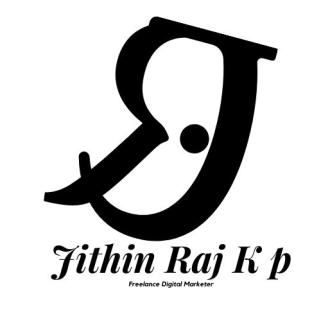In today’s digital landscape, search engine marketing (SEM) has emerged as a powerful tool for businesses looking to enhance their online visibility and drive targeted traffic. By leveraging both paid advertising and organic search strategies, SEM enables companies to reach potential customers at the precise moment they are searching for relevant products or services. This article explores the dynamics of SEM, comparing pay-per-click (PPC) advertising with search engine optimisation (SEO), integrating social media with SEM efforts, and identifying key performance indicators (KPIs) to measure the success of SEM campaigns.
PPC vs. SEO: Understanding the Differences
Pay-Per-Click Advertising (PPC) and Search Engine Optimisation (SEO) are two fundamental components of SEM, each with its unique advantages and applications:
PPC Advertising:
- Instant Visibility: PPC allows businesses to achieve immediate visibility on search engine results pages (SERPs) by bidding on keywords. Ads appear at the top or bottom of the SERPs, providing a prominent position that can drive traffic quickly.
- Cost Control: With PPC, advertisers only pay when users click on their ads, making it a cost-effective way to manage advertising budgets. Campaigns can be adjusted in real-time based on performance data.
- Targeted Reach: PPC campaigns can be finely tuned to target specific demographics, geographic locations, and user behaviours, ensuring that ads reach the most relevant audience.
SEO:
- Long-Term Results: While SEO requires time and effort to build organic rankings, it offers lasting benefits. High-quality content optimised for search engines can continue to attract traffic long after initial efforts.
- Credibility and Trust: Organic search results are often perceived as more credible than paid ads. Users tend to trust websites that rank organically, which can lead to higher conversion rates.
- Cost Efficiency: Although SEO involves upfront costs for content creation and optimisation, it does not require ongoing payments per click, making it a cost-effective strategy in the long run.
When to Use Each Strategy
Choosing between PPC and SEO depends on various factors, including business goals, budget constraints, and timeline:
Use PPC when:
- You need immediate traffic or visibility for a new product launch or promotion.
- You want to test keywords and audience segments before committing to long-term SEO strategies.
- You have a limited timeframe for achieving results, such as during seasonal sales or events.
Use SEO when:
- You aim for sustainable growth and long-term visibility in search engines.
- You want to build authority and trust within your industry through high-quality content.
- You have the resources to invest in ongoing content creation and optimization efforts.
Integrating Social Media with SEM
To maximise the impact of SEM campaigns, businesses should consider integrating their social media efforts:
- Cross-Promotion: Use social media platforms to promote PPC campaigns. Sharing ads on social channels can increase visibility and drive additional traffic to landing pages.
- Audience Insights: Social media provides valuable insights into audience preferences and behaviors. This data can inform keyword selection and ad targeting for PPC campaigns.
- Engagement Boost: Engaging content shared on social media can enhance brand awareness and drive organic traffic while supporting paid efforts. For example, user-generated content or testimonials can complement PPC ads by building trust.
- Retargeting Opportunities: Social media platforms allow for retargeting users who have interacted with your brand through previous ads or website visits. This strategy helps keep your brand top-of-mind and encourages conversions.
Measuring SEM Success
To evaluate the effectiveness of SEM campaigns, businesses should track key performance indicators (KPIs) that provide insights into performance:
- Click-Through Rate (CTR): This metric measures how often people click on your ad after seeing it. A higher CTR indicates that your ad is relevant and engaging.
- Conversion Rate: This KPI tracks the percentage of visitors who complete a desired action after clicking on your ad, such as making a purchase or signing up for a newsletter. A high conversion rate signifies effective targeting and messaging.
- Cost Per Acquisition (CPA): CPA measures the total cost of acquiring a customer through your SEM efforts. Monitoring this metric helps assess the efficiency of your advertising spend.
- Quality Score: Google assigns a Quality Score based on the relevance of your keywords, ad copy, and landing page experience. A higher Quality Score can lead to lower costs per click and better ad placements.
- Return on Investment (ROI): Ultimately, measuring ROI helps determine whether your SEM campaigns are generating profitable returns relative to their costs.


















